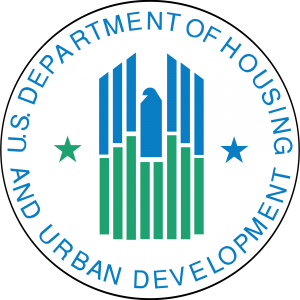
California Consulting is pleased to announce the HUD: Lead-Based Paint Hazard Reduction Program deadline is August 2, 2018.
 HUD: Lead-Based Paint Hazard Reduction Program
HUD: Lead-Based Paint Hazard Reduction Program
Deadline: August 2, 2018
Amount: $1 million to $4.1 million
Match: Not specified
Eligibility: County governments, state governments, special districts, cities and tribal governments
The purpose of the Lead-Based Paint Hazard Reduction (LHR) grant program is to assist states, cities, counties/parishes, Native American Tribes or other units of local government in undertaking comprehensive programs to identify and control lead-based paint hazards in eligible privately-owned rental or owner-occupied housing populations. 2. Program Objectives Funds will be awarded to applicants to accomplish the following objectives: a. Maximize the number of children under the age of six years protected from lead poisoning and the number of housing units where lead hazards are controlled; b. Target lead hazard control efforts in housing in which children less than 6 years of age are at greatest risk of lead poisoning (pre-1960), which both currently and historically has included children residing in low-income and minority neighborhoods, to reduce the risk of elevated blood lead levels in these children less; c. Utilize cost-effective lead hazard control methods and approaches that ensure the long-term safety of the building occupants; d. Build local capacity to safely and effectively address lead hazards during lead hazard control, and renovation, remodeling, and maintenance activities by appropriate trained and certified individuals; e. Develop comprehensive, community-based approaches to integrating this grant program within other local initiatives through public and private partnerships that address housing-related health and safety hazards and or serve low income families with children under the age of 6; f. Affirmatively further fair housing and further environmental justice. Note that besides being an “objective” of this NOFA, the obligation to affirmatively further fair housing is also a civil rights related program requirement; g. Establish data sharing, and targeting between health and housing departments; Specifically, for the following required reporting data pieces: (ER Visits, Asthma Incidence, ect of enrolled applicants and general pop of target area) h. Establish and implement a detailed process of monitoring and ensuring that units made lead-safe units are affirmatively marketed, and priority given, to families with young children under the age of 6 years of age for up to three years; i. Direct Job training, employment, contracting, and other economic opportunities generated by this grant will be directed to low- and very-low income persons, particularly those who are recipients of government assistance for housing, and to businesses that provide economic opportunities to low- and very low-income persons in the area in which the project is located. For more information, see 24 CFR 135; j. Gather pre and post treatment data that supports and validates lead hazard control investments; and k. Comply with Section 504 of the Rehabilitation Act of 1973 (“Section 504”) and its implementing regulations at 24 CFR 8, and Titles II and III of the Americans with Disabilities Act. Each of these prohibits discrimination based on disability.
If you or your entity would like California Consulting to write this application, please contact our Southern California Office at 323-728-9002.
